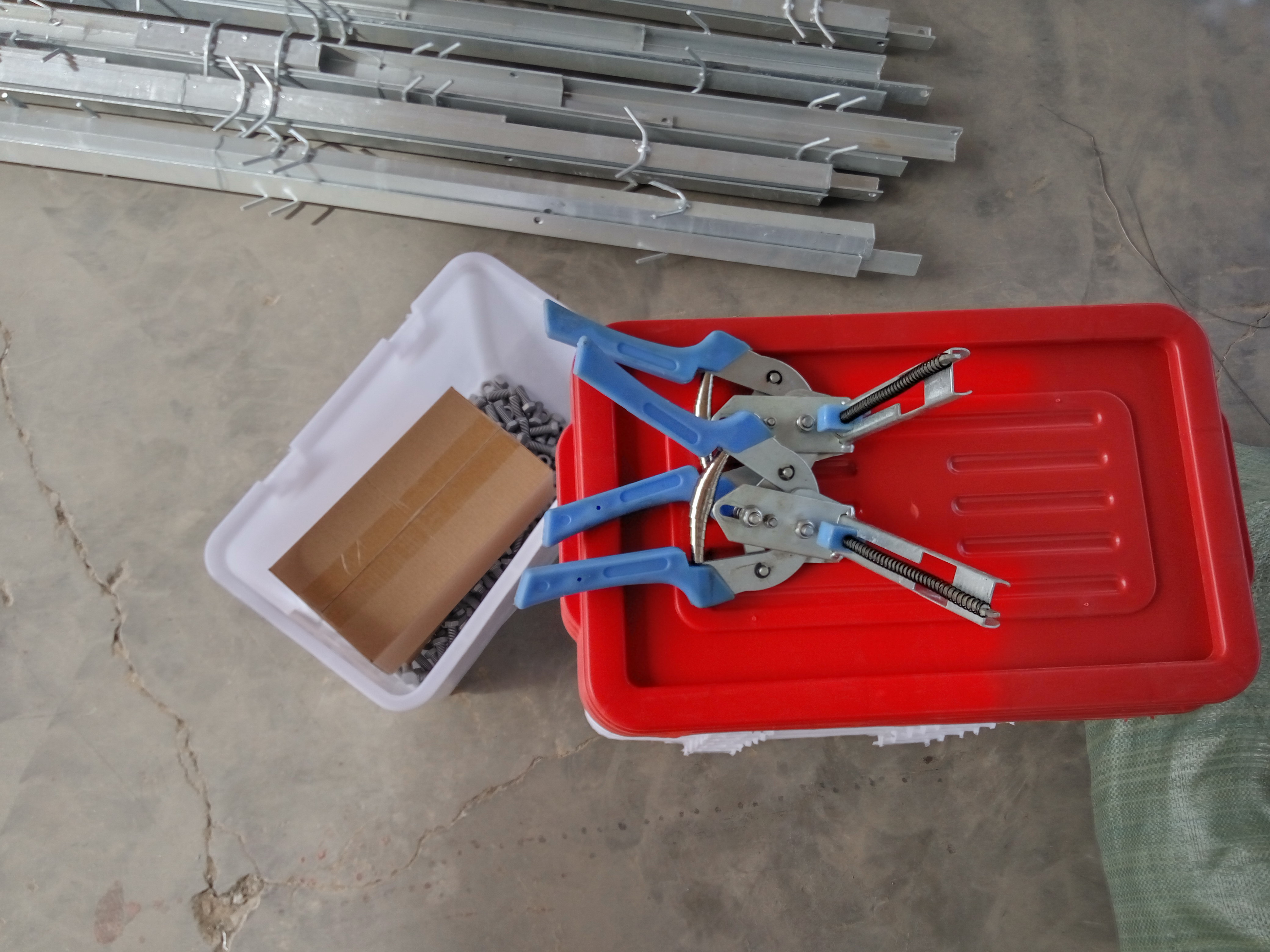Designing Optimal Pens for Hog Farrowing to Enhance Comfort and Productivity
Dec . 25, 2024 22:25 Back to list
Designing Optimal Pens for Hog Farrowing to Enhance Comfort and Productivity
Hog Farrowing Pens An Essential Component of Modern Pig Farming
In the world of modern agriculture, efficient practices play a crucial role in ensuring animal welfare and maximizing productivity. One such innovation that has gained importance in hog farming is the farrowing pen. Designed specifically for sows during their farrowing period, these pens provide a safe and controlled environment that benefits both the mother and her piglets. As the demand for pork products continues to rise globally, understanding the significance of hog farrowing pens becomes paramount.
Purpose of Farrowing Pens
Farrowing pens are specifically designed enclosures that facilitate the birthing process of sows and offer a secure space for the new piglets. The primary purpose of these pens is to protect the piglets, which are at their most vulnerable shortly after birth. In nature, a mother sow may unintentionally harm her piglets by lying on them. Farrowing pens help mitigate this risk, allowing the sow to nurse her young without the danger of crushing them.
Design Features
Modern farrowing pens come with various design features that enhance functionality and comfort. Typically, these pens are built with a creep area where the piglets can access feed and water while remaining safe from the sow. The pen is often equipped with a gate that allows the sow to enter and exit easily but restricts the movement of the piglets, preventing them from straying too far. Additionally, the pens are designed to be easily cleaned and sanitized, which is essential for maintaining hygiene and preventing the spread of diseases.
One common design element is the use of heat lamps or heated mats in the creep area. Newborn piglets are extremely sensitive to temperature changes, and maintaining a warm environment is crucial for their survival. The inclusion of these heating devices ensures that the piglets remain in optimal conditions, promoting health and growth.
Benefits of Farrowing Pens
hog farrowing pens

The benefits of using farrowing pens extend beyond the immediate safety and comfort of the sows and their piglets. From a productivity standpoint, these pens can lead to increased survival rates among piglets. Research indicates that piglets raised in farrowing pens often have higher weaning weights and lower mortality rates compared to those born in traditional settings. This improved survival rate ultimately translates into economic benefits for farmers.
Moreover, the use of farrowing pens allows farmers to closely monitor the health and behavior of sows during the critical farrowing period. This observation enables prompt intervention if issues arise, leading to better overall herd management. It also provides opportunities for better healthcare practices, as veterinarians can assess the animals more easily in a contained environment.
Challenges and Considerations
While farrowing pens offer many advantages, they also come with challenges. For instance, the initial cost of constructing and equipping these pens can be high, particularly for small-scale farmers. Additionally, there is a need for ongoing maintenance and management to ensure that the environment remains clean and functional.
Farmers must also consider the individual needs of their sows. Not all animals will thrive in the same type of pen, and adjustments may be necessary based on specific herd dynamics or animal behavior. Training staff to understand the intricacies of managing farrowing pens is equally important, as human interaction plays a crucial role in the success of pig farming operations.
Conclusion
Hog farrowing pens are an integral part of contemporary pig farming practices. They enhance animal welfare, improve productivity, and ultimately contribute to the sustainability of the pork industry. As the agricultural sector continues to evolve, leveraging technological advancements and innovative designs will be key to meeting the growing global demand for pork while ensuring the health and wellbeing of livestock. Understanding the critical role that farrowing pens play in this equation is essential for anyone involved in modern agriculture.
-
Hot Sale 24 & 18 Door Rabbit Cages - Premium Breeding Solutions
NewsJul.25,2025
-
Automatic Feeding Line System Pan Feeder Nipple Drinker - Anping County Yize Metal Products Co., Ltd.
NewsJul.21,2025
-
Automatic Feeding Line System Pan Feeder Nipple Drinker - Anping County Yize Metal Products Co., Ltd.
NewsJul.21,2025
-
Automatic Feeding Line System - Anping Yize | Precision & Nipple
NewsJul.21,2025
-
Automatic Feeding Line System - Anping Yize | Precision & Nipple
NewsJul.21,2025
-
Automatic Feeding Line System-Anping County Yize Metal Products Co., Ltd.|Efficient Feed Distribution&Customized Animal Farming Solutions
NewsJul.21,2025






